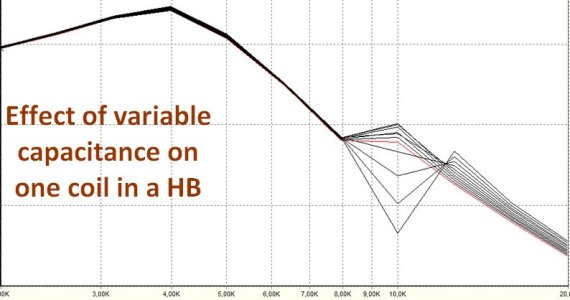I just played a new Epi Adam Jones Les Paul and was blown away by the neck pup. It was thick and strong, but had a surprising "extreme chime" on the high-end. It was almost like a filtertron with massive thickness and I would really like to add this tone to a number of my heavy guitars...
I was totally surprised to see the specs listed a Probucker Custom neck. Can anyone confirm this is the Adam Jones pup and does anyone have experience with this pup?
Some of my favorite pups are burstbuckers and I think they are similar, but from the reviews, unless this is something unusual, I didn't expect it to be a great pickup
Surprisingly, the bridge is listed as SD distortion and the best I can say is it was weak in comparison... This is a big surprise, I've never had a epi pup outperform an SD..
On the neck, everything from mild to extreme crunch was exceptional... The sd distortion by itself was weak, but when the neck was added it picked up lots of depth and brightness. And the neck alone was ridiculous "big".. almost like double tracking.
Of course the distortion could have used some adjustment, but it didn't look too high or low. And every guitar is different, but this was very unlike any Les Paul I've ever played.
So open to any and all input on this guitar and this pickup!
I was totally surprised to see the specs listed a Probucker Custom neck. Can anyone confirm this is the Adam Jones pup and does anyone have experience with this pup?
Some of my favorite pups are burstbuckers and I think they are similar, but from the reviews, unless this is something unusual, I didn't expect it to be a great pickup
Surprisingly, the bridge is listed as SD distortion and the best I can say is it was weak in comparison... This is a big surprise, I've never had a epi pup outperform an SD..
On the neck, everything from mild to extreme crunch was exceptional... The sd distortion by itself was weak, but when the neck was added it picked up lots of depth and brightness. And the neck alone was ridiculous "big".. almost like double tracking.
Of course the distortion could have used some adjustment, but it didn't look too high or low. And every guitar is different, but this was very unlike any Les Paul I've ever played.
So open to any and all input on this guitar and this pickup!
Last edited:

